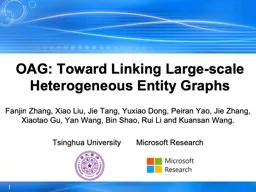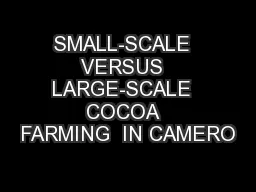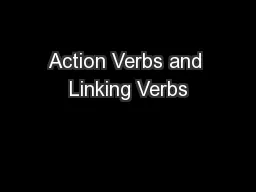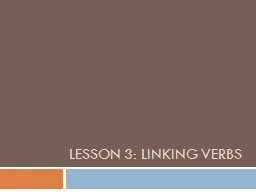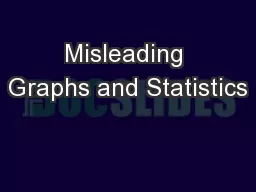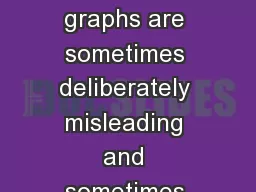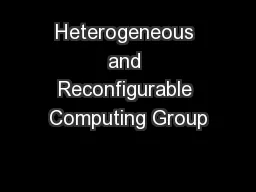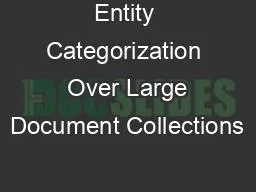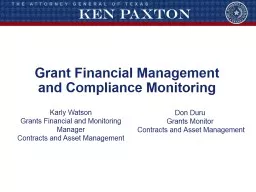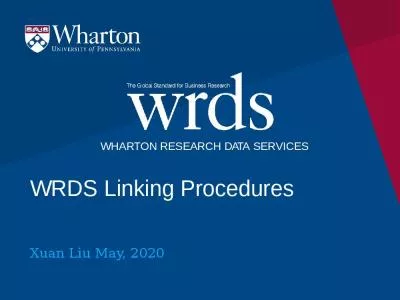PPT-OAG: Toward Linking Large-scale Heterogeneous Entity Graphs
Author : dayspiracy | Published Date : 2020-06-19
Fanjin Zhang Xiao Liu Jie Tang Yuxiao Dong Peiran Yao Jie Zhang Xiaotao Gu Yan Wang Bin Shao Rui Li and Kuansan Wang Tsinghua University Microsoft Research
Presentation Embed Code
Download Presentation
Download Presentation The PPT/PDF document "OAG: Toward Linking Large-scale Heteroge..." is the property of its rightful owner. Permission is granted to download and print the materials on this website for personal, non-commercial use only, and to display it on your personal computer provided you do not modify the materials and that you retain all copyright notices contained in the materials. By downloading content from our website, you accept the terms of this agreement.
OAG: Toward Linking Large-scale Heterogeneous Entity Graphs: Transcript
Download Rules Of Document
"OAG: Toward Linking Large-scale Heterogeneous Entity Graphs"The content belongs to its owner. You may download and print it for personal use, without modification, and keep all copyright notices. By downloading, you agree to these terms.
Related Documents

